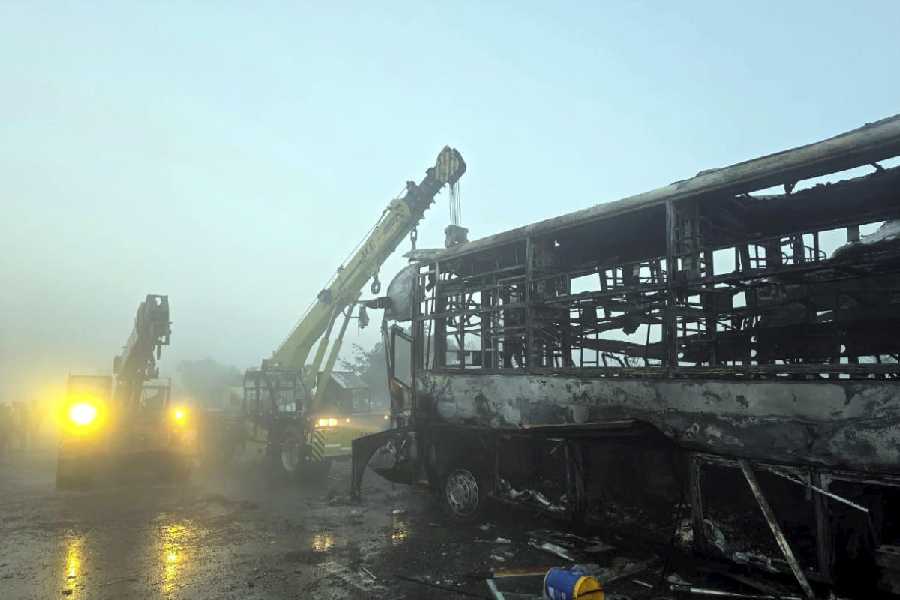Breathing has become injurious to health. Two recent studies have identified the double burden of air pollution in India in different ways. A study published in Nature by researchers at the CSIR-National Environmental Engineering Research Institute found that cities along the Indo-Gangetic plain with a population of more than one million that do not meet the national ambient air quality standards consistently register the highest premature mortality because of diseases caused by air pollution. Furthermore, the study computed the economic burden of premature mortality in 31 non-attainment cities — metropolitan centres that have failed to meet air quality standards — and concluded that it was responsible for an estimated loss of $90 billion in 2017, accounting for about 3.4 per cent of India’s gross domestic product. Delhi tops the list followed by Mumbai, Hyderabad and Calcutta. Significantly, a disproportionate emphasis on the ill-effects of air pollution in bigger cities reveals only a part of the worrying tale. A new analysis by the Centre for Science and Environment, which coincides with the publication of the other study, found that while all of northern India experiences smog in winter, the otherwise cleaner, small towns witness episodes matching — or exceeding — the pollution levels reported in the Delhi-National Capital Region. It concluded that while Delhi’s average PM2.5 concentration during winter was nearly 4.5 times the national safety standard, towns such as Agra, Vrindavan and Firozabad fared much worse. The average urban concentration of particulate matter in Uttar Pradesh was eight per cent higher than that in NCR.
Policy and public discourse have a tendency to perceive air pollution as a contagion that adversely affects big cities only. Policy action and public attention, therefore, ignore India’s smaller towns as well as its villages that suffer as much, if not more. Steps to alleviate poor air quality are, consequently, predominantly designed with urban agglomerations in mind. While the National Clean Air Programme focuses on initiatives in both cities and rural areas, the focus remains mostly on non-attainment cities. The scale of the crisis in India’s urban hinterlands is significant. Adding to the challenge is a decrepit healthcare infrastructure as well as an uneven template of development. Mitigatory intervention must encompass Tier-II cities and rural hamlets. Air pollution is a transboundary problem and policymakers must incorporate a regional outlook that would complement urban models for cleaning the air.










